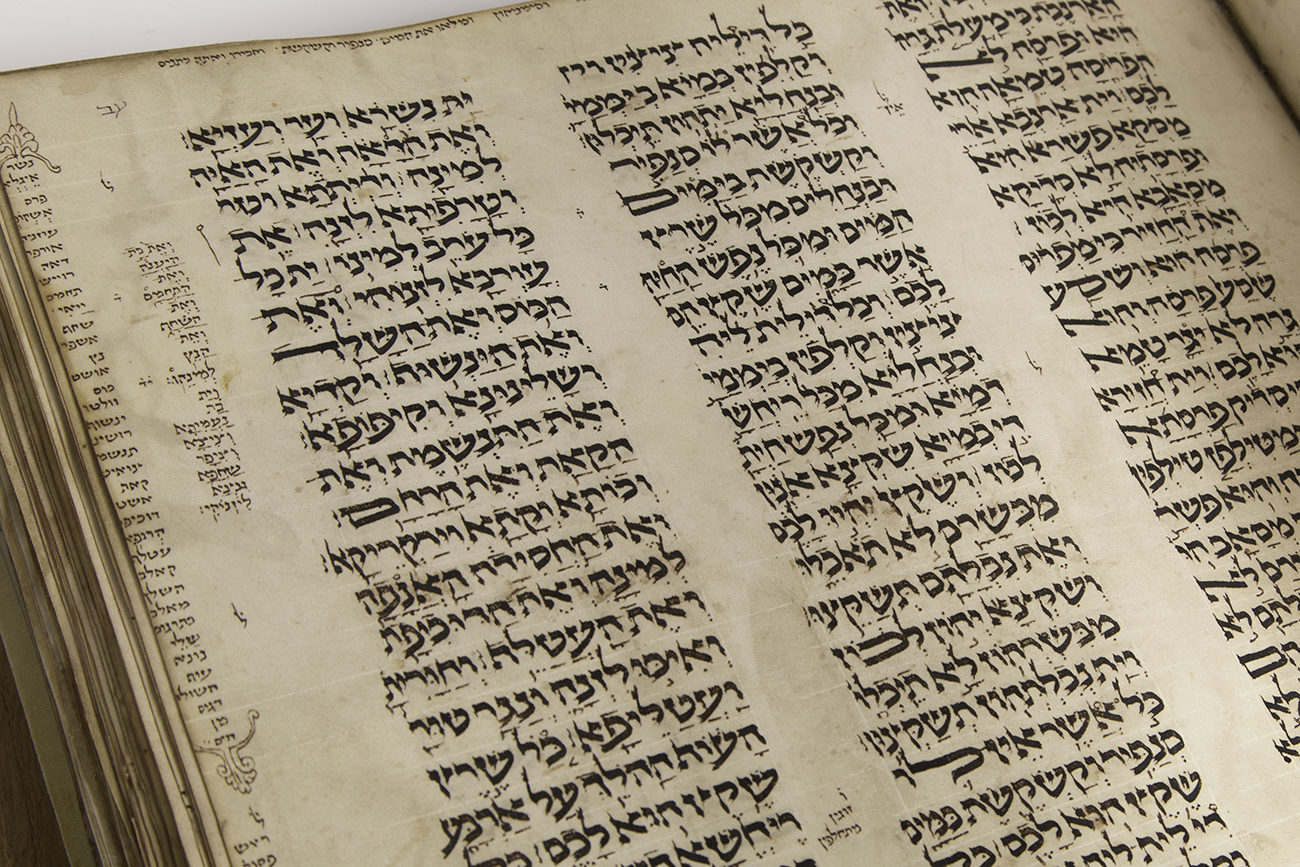What is Targum? You can read more about the genre and exegetical style by following the link, but, in brief, the Hebrew term “targum” (plural “targumim”) literally means “translation,” but in the rabbinic period (c. 1st century – 7th century AD) the term came to refer specifically to the written Jewish Aramaic translations of the Hebrew Bible (Old Testament). Targumim exist for every book of the Bible except Ezra, Nehemiah, and Daniel, possibly because these books already contain significant portions in Aramaic.
The name of this blog, “Targuman,” comes from my academic study of Targum. (And credit goes to Gary Rendsburg. Back in 1995-6, my eWorld account name was going to be “OTMan” [for my work on the Old Testament] and he suggested that, given my specific area of research, I should use “Targuman” instead.) This page is essentially a landing page to direct you to more detailed essays and entries relating to Targum. Over the years I have particularly researched and written extensively on the Targumim of the Megillot, especially Ruth and Lamentations. You can find more about each on their own pages, simply follow the drop-down menu above, under “Targum.”

